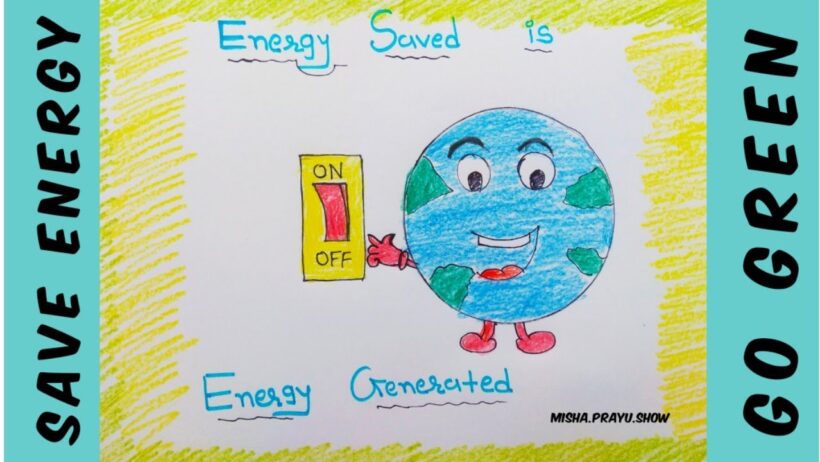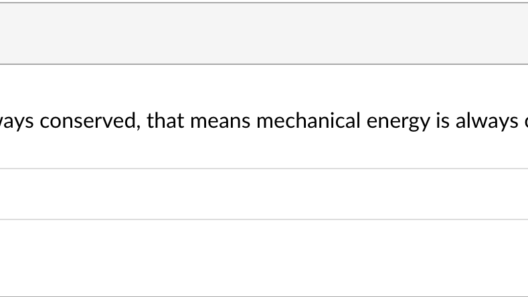Energy conservation has become an imperative part of our modern lifestyle, not only to protect our environment but also to ensure sustainability for future generations. This involves reimagining everyday habits and embracing innovative methods that can lead to significant energy savings. Here are four creative ways to conserve energy in your daily life that promise a transformative shift in perspective.
1. Embrace the Power of Sunlight
Photovoltaic technology, or solar energy, is rapidly gaining traction as a prime source of renewable power. However, the journey toward harnessing the sun’s energy begins even before considering solar panels. Start by re-assessing your home environment. Employing natural light strategically throughout your living spaces can drastically decrease reliance on artificial lighting.
Consider adjusting your window treatments. Opt for lighter-colored or sheer fabrics that diffuse sunlight while minimizing heat during sweltering months. Additionally, rearranging your furniture can enhance light flow, making certain areas of your home brightly lit without flicking a switch.
Moreover, investing in skylights or solar tubes can facilitate an influx of natural light. Not only does this reduce electricity consumption, but it also contributes to psychological well-being, fostering a more cheerful atmosphere. Picture stepping into a room illuminated by radiant sunlight, nurturing both your home environment and your mood, all while conserving energy.
2. Revolutionize Your Cooking Techniques
The kitchen is often the heart of the home, but it is also a significant energy consumer. Transforming your culinary practices can lead to noteworthy reductions in energy usage. Begin by employing a pressure cooker or slow cooker; these appliances not only cook food efficiently but also retain moisture and flavor, enhancing your meals.
Microwaves, frequently underestimated, consume a fraction of the energy compared to conventional ovens. When preparing meals, opt for microwaving or using induction cooktops. They heat the cookware directly rather than the surrounding air, which translates to faster cooking times and reduced energy expenditure.
Furthermore, consider batch cooking. Preparing multiple meals at once allows you to utilize energy more efficiently. Each time an oven or stovetop is in use, energy is expended. By maximizing this output, you not only save energy but also time during busy weekdays, all while delighting in a variety of home-cooked flavors. Imagine the satisfaction of having delicious, wholesome meals ready at your fingertips, all while minimizing your carbon footprint.
3. Rethink Your Water Heating Practices
Water heating is one of the largest contributors to household energy consumption. Rethinking your approach to hot water usage can yield substantial savings. First, consider the thermostat setting of your water heater; lowering it to 120 degrees Fahrenheit is typically sufficient for most household tasks and can significantly reduce energy usage.
Additionally, investing in an on-demand water heater or heat pump water heater can revolutionize your hot water efficiency. Unlike traditional tank models, on-demand heaters only heat water when it is needed, eliminating standby heat loss. Picture a scenario where hot water is available only when necessary; this method not only conserves energy but also simplifies the dynamics of your daily routine.
Furthermore, implementing simple habits such as taking shorter showers or using cold water for laundry can collectively contribute to greater sustainability. Many individuals don’t realize the profound impact small behavioral changes can have on energy conservation. Imagine your shower time as an opportunity to conserve energy while resting and reflecting, ultimately cultivating a lifestyle that prioritizes mindful consumption.
4. Harness Smart Technologies
The advent of smart home technology has heralded a new era in energy conservation, providing tools that empower individuals to take control of their energy usage. Smart thermostats, for instance, learn your patterns and adjust heating and cooling schedules accordingly, ensuring that energy is not wasted when you are away from home.
Moreover, smart plugs and energy monitors allow for real-time tracking of energy consumption by individual devices. This visibility prompts behavioral changes and encourages the reduction of energy-hungry electronics. Consider the practicality of programming devices to power down during peak hours or utilizing smart lighting systems that adjust based on natural light levels.
Finally, integrating smart appliances into your home can revolutionize your energy management. Dishwashers and washing machines equipped with energy-efficient technology prioritize energy conservation, promoting savvy consumption without sacrificing performance. Imagine a household where every appliance is an ally, working harmoniously toward a common goal: energy efficiency.
In conclusion, energy conservation is not merely a policy but a lifestyle choice that beckons a shift in perspective. By engaging with solar energy, revolutionizing cooking practices, rethinking water heating, and harnessing smart technologies, individuals can significantly reduce their daily energy consumption. Each small step fosters a more sustainable world for generations to come and invigorates our connection with the environment—proving that the changes we make today can indeed lead to a brighter tomorrow.






